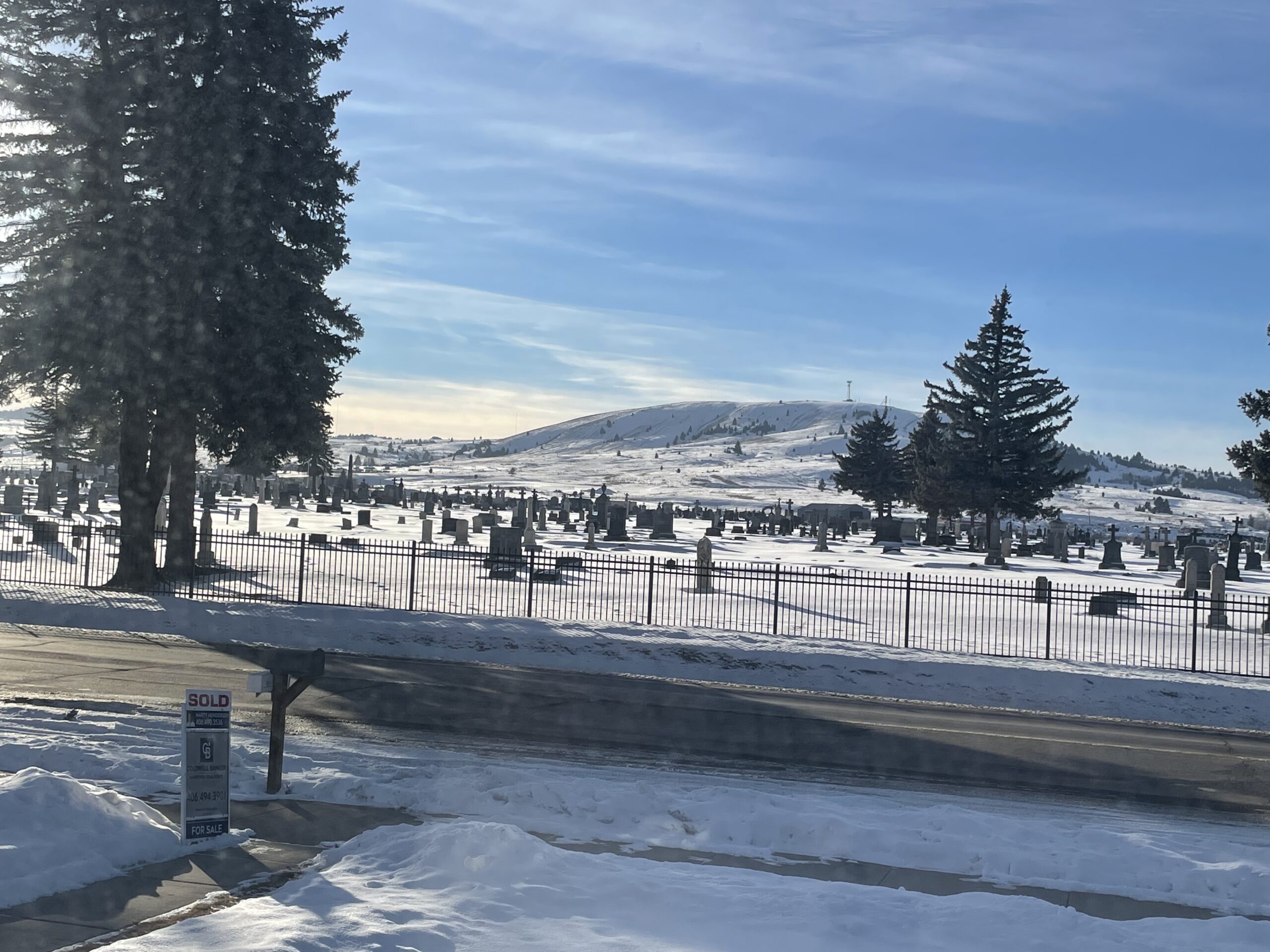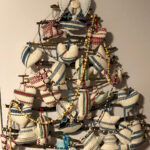Todays’ Date: Nov 4, 2023
Event: Workshop Opening
Date: Nov 6, 2023
Organization: Historic Weaving
Contact:eliz@historicweaving.com
___________________________________________
“Help is available for the Homemade Holiday”
(Butte, MT, Nov 6) If you are planning on having a “homemade” holiday this year, it is time to contact the elves in the Historic Weaving – Uptown Elfin Workshop. We have limited time and limited space, but a large range of things we can help people do for the holidays.
We have weaving, quilting, sewing, crochet and knitting, drawing, painting, printing, card making, ceramics, musicians, people who make sound recordings, sign makers, illustrators, we have people skilled in food preparation/cooking for gifting. There are writers, actors, framers and more all available to help you make your project/gift making a success.
We can coach you or provide magic elfin assistance to make sure your gift is ready on time. We also can offer experiences as well as gift making opportunities.
When you stop in the workshop and tell us what you are looking to accomplish, we can connect you with someone to loves to do that very thing. Prices will vary depending on the project and the elf doing the work. You will be able to set a budget and a time frame for delivery.
Homemade is not hurried. Homemade is slow-made and slow-made requires time. Visit the most creative people in Butte and let us help make your holidays merry.
For the artist in all of us, the lobby of the Phoenix Block Building has been transformed into a POP-UP community coloring book fitting with the Urban location of the neighborhood. Stop in the shop to claim your portion of the page to color and bring to life for the community of Butte. There are lots of opportunities.
In the front windows of the Phoenix Block at 68 W. Park Street, on the first floor you can see a traditional weaving studio in action. The studio is filled with color, fiber and the equipment needed to make textiles by hand. Watch as the master weaver is sharing her knowledge with students, and making handmade articles for the public to purchase to support the studio’s outreach work in the field of Arts Education.
Business Hours:
Monday through Friday
9:30 am – 11:30 am
1:15 pm – 4:30 pm
Full Schedule November and December of 2023
Monday Nov 6 – Felted Craft – Mini Robot Ornaments
Tuesday Nov 7 – Fiber Arts instruction
Wednesday Nov 8 – Watercolor – Rainbow Holiday Tree
Friday Nov 10 – Printing – open studio
Monday Nov 13 – Printing – Ugly Christmas Sweater/Hat Block Print
Tuesday Nov 14 – Fiber Arts instruction
Wednesday Nov 15 – Cardmaking – Stitched Cards
Friday Nov 16 – Printing – open studio
Monday Nov 20 – Crafting with Yarn – Christmas Yarn Star Ornament
Tuesday Nov 21– Fiber Arts instruction
Wednesday Nov 22 – Wire Wrap Ornaments with Buttons and Beads
Friday Nov 23 – Shopping day – Black Friday
Monday Nov 27 – Rock Painting – Stone Houses – Winter scene
Tuesday Nov 28 – Fiber Arts instruction
Wednesday Nov 29 – Watercolor – Snowman Theme
Friday Dec 1 – Shopping Day – Butte Christmas Stroll – open in the evening
Monday Dec 4 – Crochet (beginner) – Making a Cowl (neck warmer)
Tuesday Dec 5 – Fiber Arts instruction
Wednesday Dec 6 – Crochet (beginner) – Making a string of lights
Friday Dec 7 – Printing – open studio
Monday Dec 11 – Button Craft – Making stacked button ornaments
Tuesday Dec 12 – Fiber Arts instruction
Wednesday Dec 13 – Fabric Craft – Making a cloth angel ornament
Friday Nov 16 – Printing – open studio
Monday Dec 18 – Pen and Ink – Elf theme
Tuesday Dec 19 – Fiber Arts instruction
Wednesday Dec 20 – Painting – Mandala Snowflake Ornaments
Friday Dec 22 – Shopping Day – Last day before Christmas
Elizabeth Tritthart is the lead historic weaver for Historic Weaving. She has been weaving and researching weaving history since her arrival in Montana in 1991. Elizabeth has a degree in Fine Arts – Studio Arts from Montana State University – Bozeman.
For further information about the workshop opening event or Tritthart’s weaving, the Workshop Blog Page is: https://www.facebook.com/historicweaving
###
Synopsis: Workshop Opening hosted by Elizabeth Tritthart entitled “Help is available for the Homemade Holiday” is being held Monday, Nov 6 in the Phoenix Block Building at 68 W Park Street, Butte, MT. Admission is Free. Visit http://historicweaving.com for more information.






















